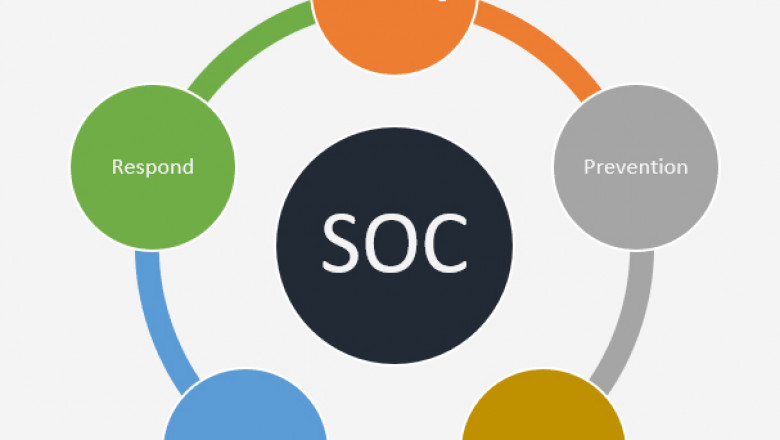views
You've explored the foundational building blocks of a Security Operations Center (SOC) and grasped the overarching incident response lifecycle. You understand that an SOC is designed to monitor, detect, and respond to threats. But what does "detection" truly look like on a day-to-day basis? How do analysts navigate the deluge of digital signals to pinpoint an actual attack amidst a sea of noise?
This is where the alert triage and analysis process come to life – a critical, often intense, and highly skilled "art of detection" that forms the heartbeat of any effective SOC. It's the moment when raw data transforms into actionable intelligence, and potential threats are unmasked.
Why Triage is Essential?
Modern IT environments generate an astonishing volume of data. Every login, every network connection, every system process, and every interaction with a security tool creates a log entry. Without a structured approach, analysts would quickly drown in this information overload, missing critical alerts.
This is why the triage process is so vital. Triage, borrowed from the medical field, is the initial assessment and prioritization of alerts. Its purpose is to quickly determine which alerts are:
-
High-priority and require immediate investigation.
-
Legitimate security incidents that need deeper analysis.
-
False positives (benign activity flagged incorrectly).
-
Low-priority or informational, to be reviewed later.
The goal of triage is efficiency – to move real threats to the front of the queue, while quickly discarding irrelevant data.
The Triage Process of a Tier 1 Analyst
For a Tier 1 SOC analyst, the day often begins by logging into the SIEM (Security Information and Event Management) system, which serves as their central dashboard. Here, a stream of alerts awaits their attention.
Initial Alert Review
The analyst starts by examining the top-level details of an alert:
-
Source: Where did the alert come from (firewall, EDR, IDS, server logs)?
-
Severity: How critical does the SIEM system rate this alert (Critical, High, Medium, Low)? This is often based on predefined rules but can be adjusted.
-
Time: When did the event occur?
-
Entities: Which users, IP addresses, hostnames, or applications are involved?
-
Alert Name/Description: What specific rule or signature triggered this alert (e.g., "Multiple Failed Logins," "Known Malware Hash Detected," "Suspicious Outbound Connection")?
Contextualization
This is where art truly begins. The analyst doesn't just look at the alert in isolation. They immediately start gathering context:
-
Is this a known asset? Is the involved IP address or hostname part of the organization's critical infrastructure or a user's machine?
-
Is this normal behavior? Does the user typically access this resource at this time? Is this server usually communicating with this external IP?
-
Are there related alerts? Are there other alerts from the same source IP, user, or host that occurred around the same time? Multiple low-severity alerts clustered together might indicate a higher-severity incident.
Basic Validation & Prioritization
Based on the initial






















Comments
0 comment